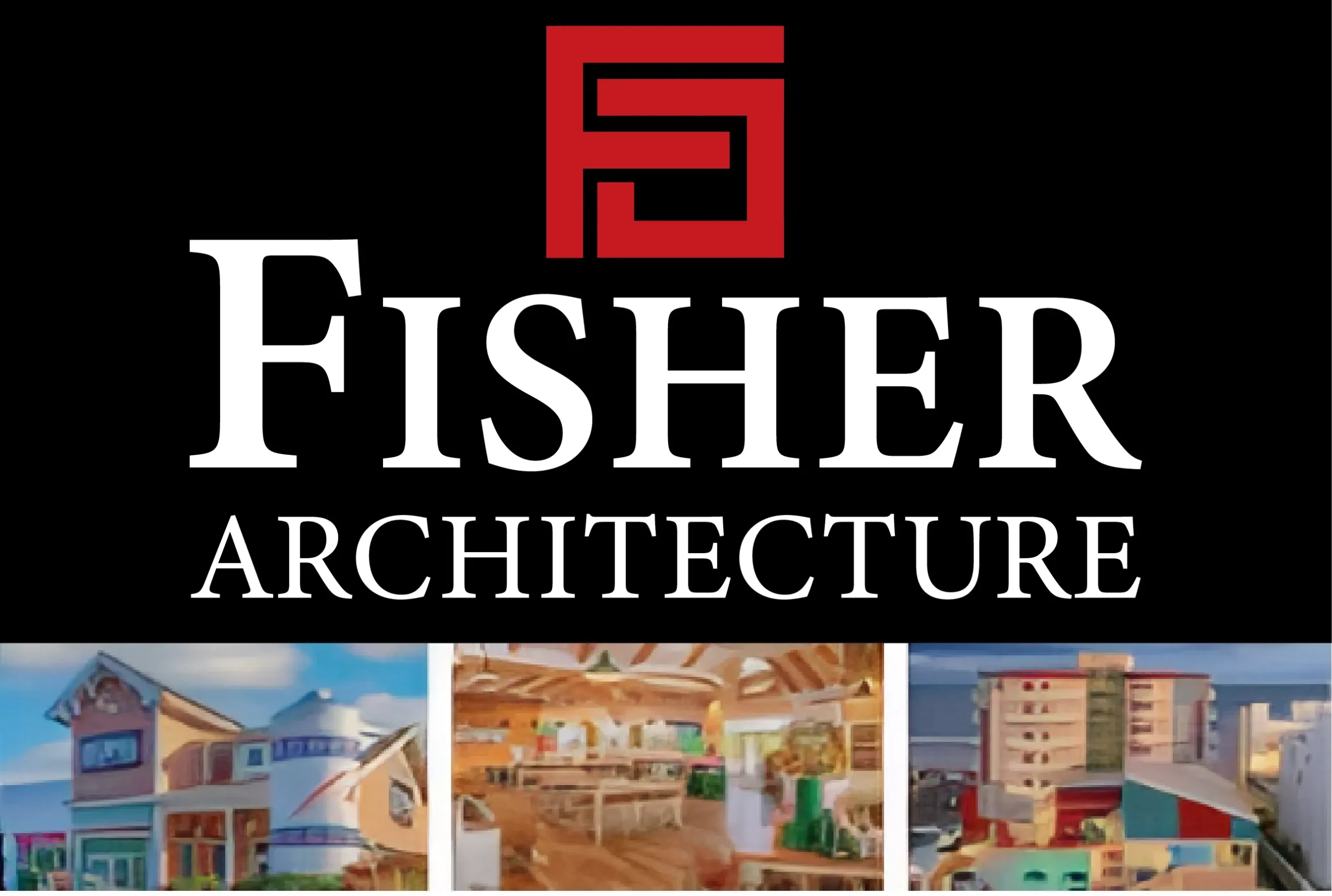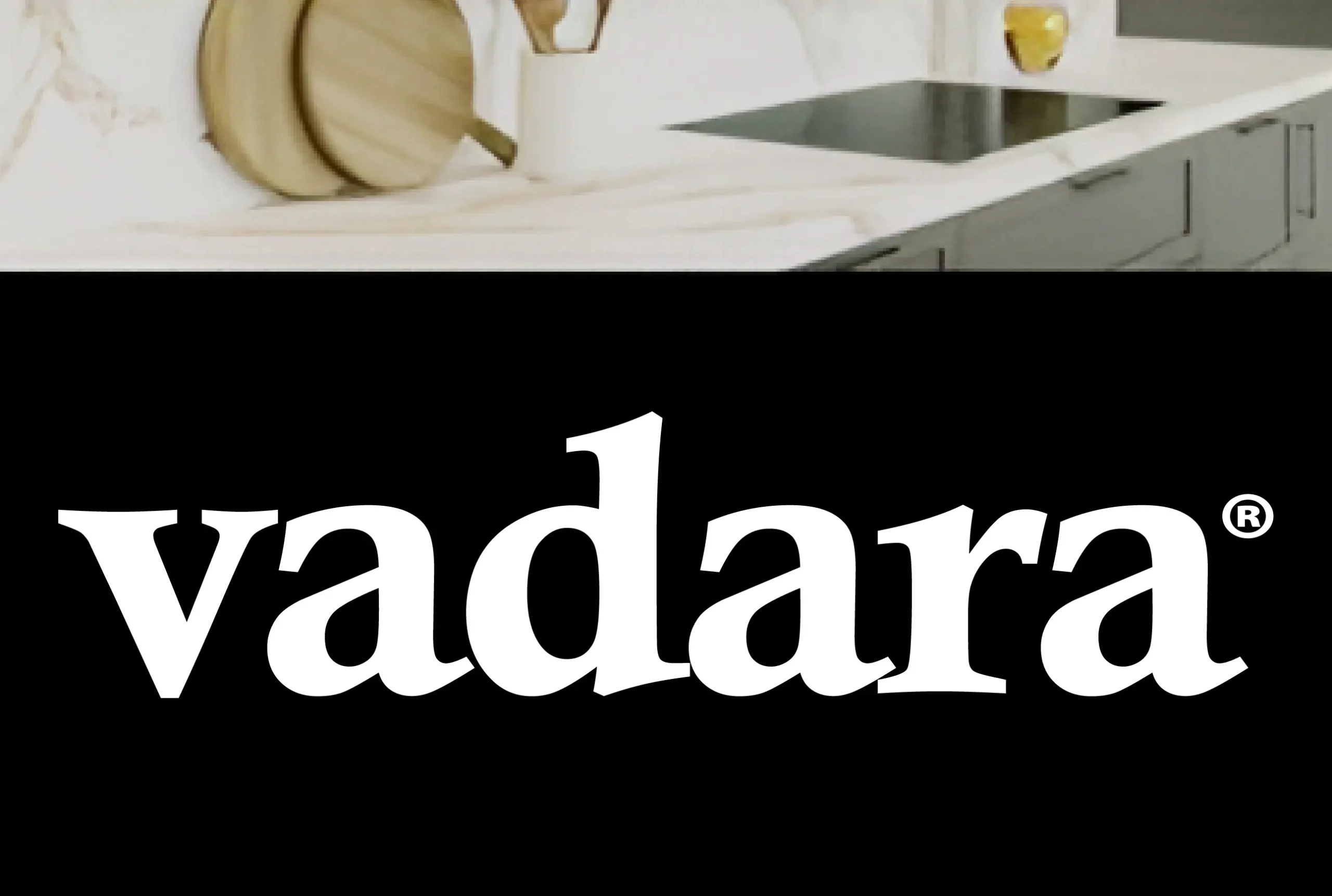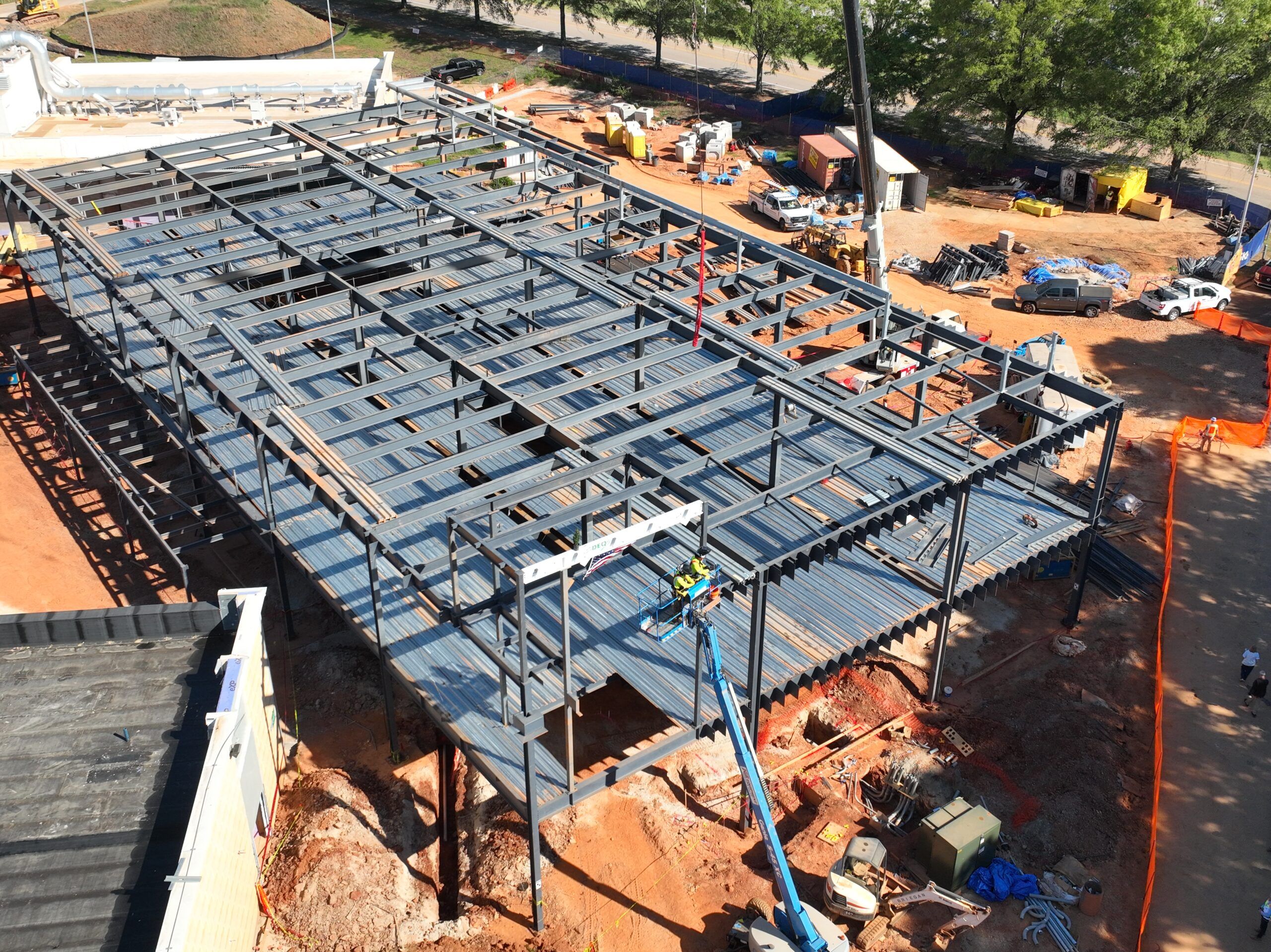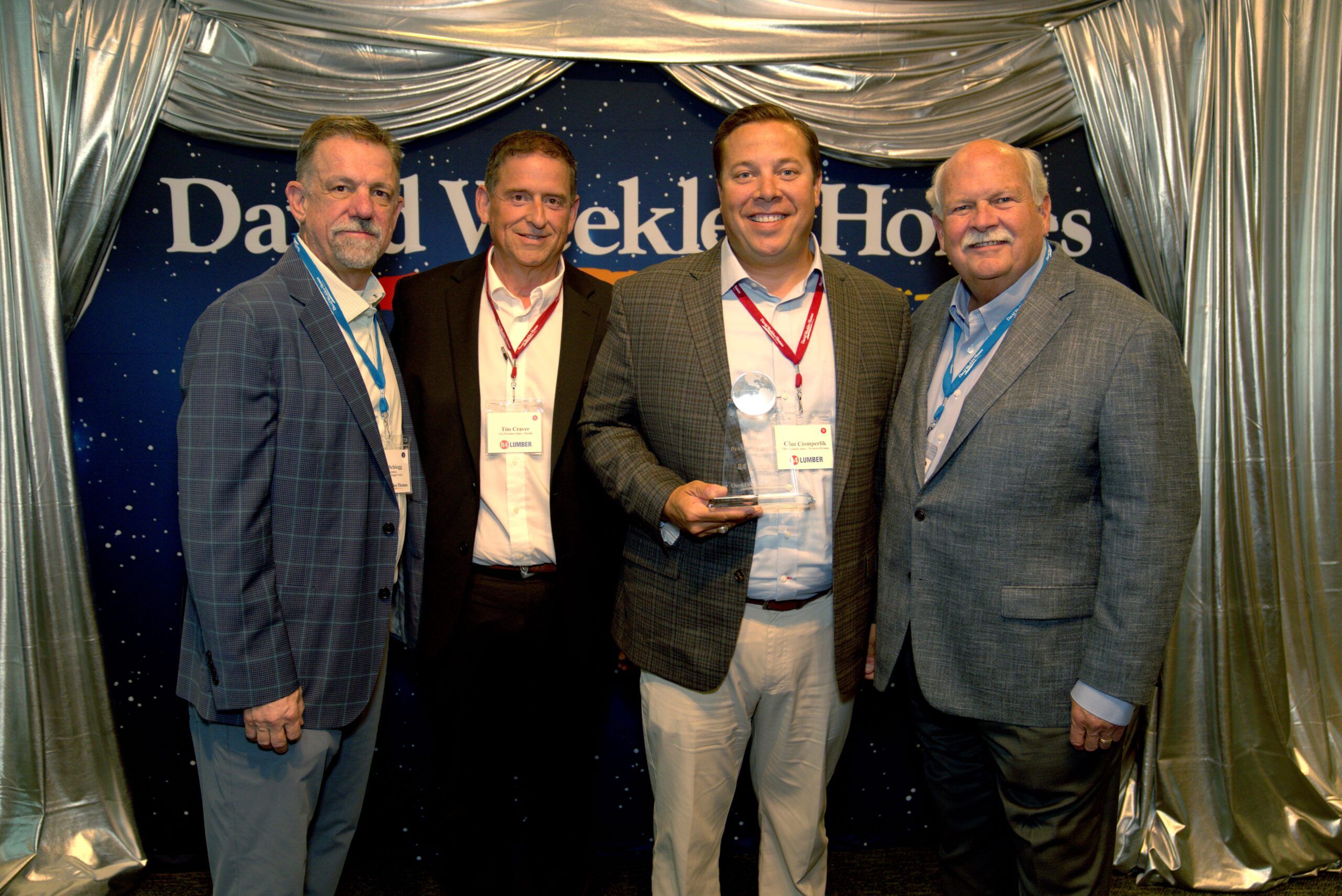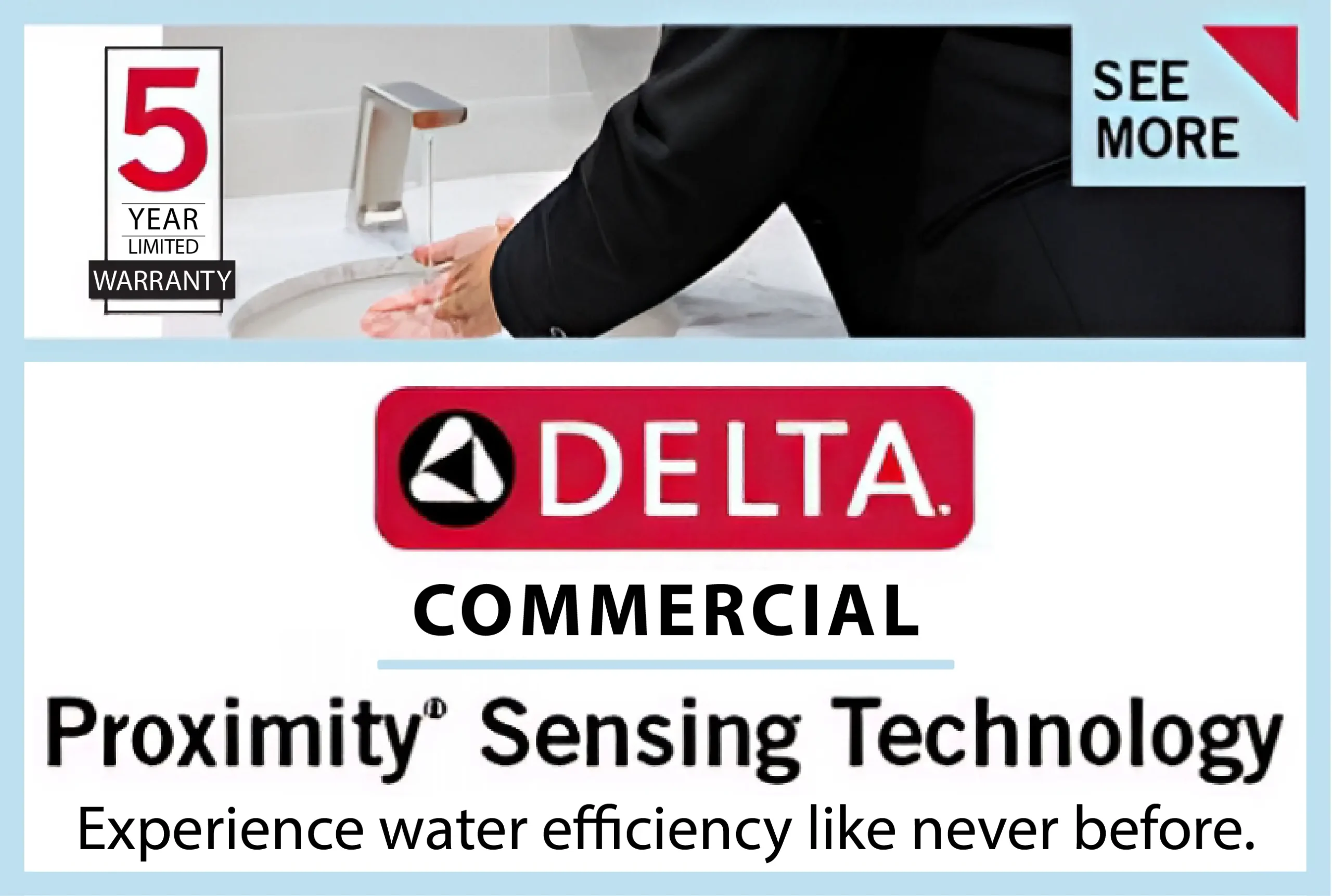Cities today are dominated by concrete, steel, and glass, but a growing movement in architecture and construction is bringing nature back into the built environment. Integrating plants into buildings isn’t just about aesthetics—it’s a crucial strategy for sustainability, human well-being, and energy efficiency.
This approach, known as biophilic design, blends natural elements with urban spaces to create healthier and more livable environments. From rooftop gardens to vertical forests, architects are finding innovative ways to bridge the gap between nature and the structures we live and work in.
The Science & Benefits of Green Spaces in Built Environments
Improved Air Quality
Plants naturally filter airborne toxins such as carbon dioxide, formaldehyde, and benzene. NASA’s Clean Air Study found that common houseplants like spider plants, peace lilies, and snake plants can remove up to 87% of air pollutants within 24 hours. In buildings with poor ventilation, integrating plant life can significantly improve indoor air quality.
Temperature Regulation
Green roofs and walls provide natural insulation, reducing heat absorption in buildings. According to the National Research Council of Canada, a well-designed green roof can reduce a building’s energy consumption for air conditioning by up to 75% in summer months. This effect, known as the urban heat island mitigation, makes green integration a powerful tool for combating rising temperatures in cities.
Psychological Benefits
Numerous studies show that exposure to greenery reduces stress, improves concentration, and enhances overall well-being. A study published in the Journal of Environmental Psychology found that offices with indoor plants led to a 15% increase in productivity and lower stress levels among employees. The presence of plants in hospitals has also been linked to faster recovery times and improved patient satisfaction.
Energy Efficiency
Green elements in architecture contribute to energy conservation by reducing reliance on heating and cooling systems. Singapore’s CapitaGreen Tower, for example, features an extensive green facade that cools the building naturally, cutting energy use by 40% compared to conventional office buildings.
Methods of Integrating Plants into Architecture
1. Green Roofs & Living Walls
Green roofs are one of the most effective ways to introduce plants into architecture. The Chicago City Hall Green Roof is a prime example, reducing stormwater runoff by 50% and lowering surrounding temperatures.
Living walls (vertical gardens) provide similar benefits but take up less space. The CaixaForum Madrid boasts a 24-meter vertical garden with over 15,000 plants, demonstrating how greenery can transform blank facades into thriving ecosystems.
2. Indoor Vertical Gardens
Space constraints often make horizontal gardens impractical, which is why vertical gardens have become a popular alternative. These hydroponic or soil-based installations allow greenery to thrive indoors without occupying valuable floor space. The One Central Park building in Sydney features a vertical garden spanning 1,120 square meters, designed to naturally shade apartments while enhancing air quality.
3. Planter-Integrated Structural Elements
Modern buildings now incorporate planters into balconies, staircases, and facades, ensuring that greenery is an integral part of the structure rather than an afterthought. Singapore’s Oasia Hotel Downtown is an example of this trend, with over 21 species of climbing plants wrapping around its facade, creating a self-sustaining green ecosystem.
4. Passive vs. Active Green Design
- Passive systems: Utilize naturally growing plants that require minimal maintenance, such as moss walls and drought-resistant rooftop gardens.
- Active systems: Depend on advanced irrigation and climate control technologies, like self-watering planters and automated hydroponic walls.
Challenges & Considerations
Structural Load & Material Choices
Not all buildings are designed to support the additional weight of rooftop gardens or vertical forests. Retrofitting older buildings for green integration requires structural reinforcements and materials that can withstand moisture and root penetration.
Maintenance & Irrigation
Plants need care, and without proper irrigation systems, green elements can become unsustainable. Many modern green buildings use drip irrigation, hydroponics, or rainwater harvesting to keep plants healthy without excessive water waste.
Climate & Plant Selection
Choosing the right plants is critical for success. For example:
- Succulents and cacti work best in hot, arid climates.
- Tropical ferns and ivy thrive in humid environments.
- Drought-resistant grasses are ideal for green roofs in temperate zones.
- Aroids, scientifically known as the genus Araceae, are a diverse group of plants known for their unique and often striking appearance. This family of plants includes many popular indoor plants like the Monstera, Philodendron, and the Peace Lily.
Visit Unsolicited Plant Talks to view a wide variety of indoor plants you can consider for your next project.
Cost & Return on Investment (ROI)
Green infrastructure requires an initial investment, but the long-term benefits outweigh the costs. Studies show that green roofs extend roof lifespan by two to three times, reducing maintenance costs. Additionally, properties with integrated greenery tend to have higher resale values and lower vacancy rates.
Case Studies & Real-World Examples
1. Bosco Verticale (Milan, Italy)
These twin residential towers feature over 900 trees and 20,000 plants, absorbing CO₂ and fine dust particles while creating a microclimate that reduces temperature fluctuations inside the building.
2. The Edge (Amsterdam, Netherlands)
Dubbed the world’s most sustainable office building, The Edge integrates greenery throughout, including plant-covered atriums that improve indoor air quality and employee well-being.
3. Jewel Changi Airport (Singapore)
Home to the world’s largest indoor waterfall, the airport seamlessly blends nature with modern architecture, incorporating thousands of plants to create a calming and sustainable travel hub.
Future Trends in Plant-Integrated Architecture
Smart Irrigation & Sensor-Based Plant Care
Buildings are now using AI-driven sensors to monitor plant health, adjusting watering and lighting automatically. This minimizes resource use while ensuring plant longevity.
Self-Sustaining Ecosystems
Future developments are expected to feature closed-loop ecological systems, where waste from one plant nourishes another, mimicking natural ecosystems within urban structures.
Fully Green Urban Planning
Cities are incorporating forest cities and sustainable urban farming projects, such as Liuzhou Forest City in China, which is expected to absorb 10,000 tons of CO₂ annually while producing 900 tons of oxygen.
In Conclusion
The integration of plants into architecture is no longer a luxury—it’s a necessity for sustainable, livable cities. From reducing urban heat to enhancing human well-being, the benefits of plant-integrated design are undeniable. Architects, designers, and urban planners have a unique opportunity to redefine the built environment by embracing nature as a core design element rather than an afterthought. Whether through green roofs, vertical forests, or biophilic interiors, the future of architecture is greener than ever.
Final Thought
By shifting our perspective from concrete jungles to living ecosystems, we can create cities that not only sustain us but also regenerate the planet. It’s time to build with nature, not against it.


